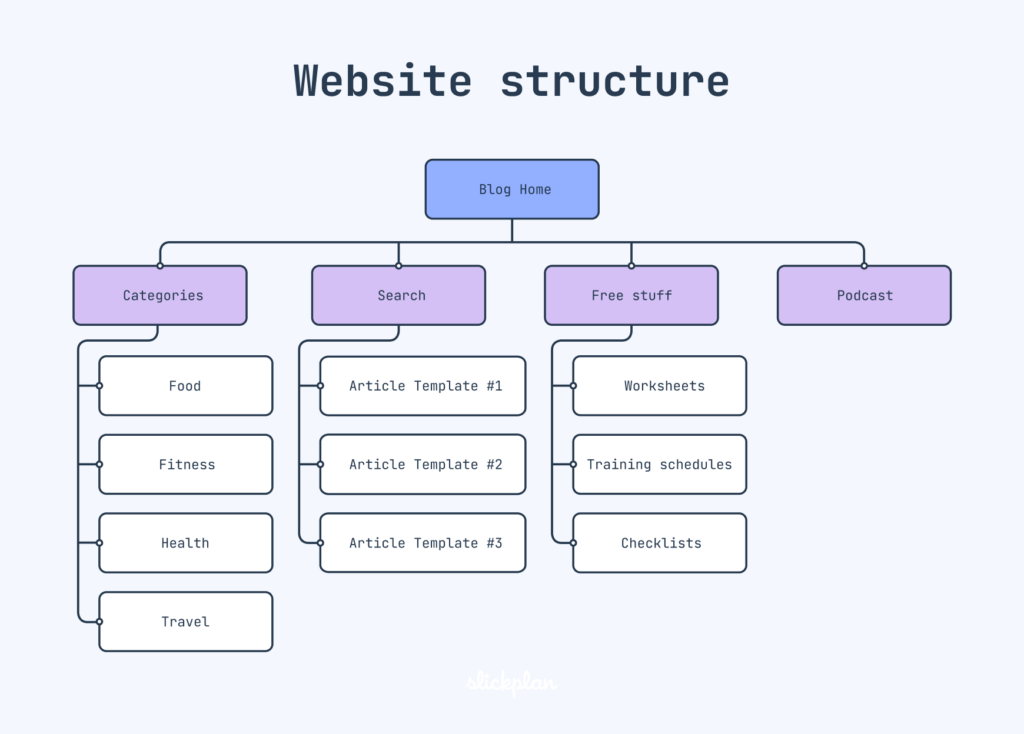Building an effective portfolio websites is crucial for showcasing your work, skills, and accomplishments to potential clients or employers. Here’s a comprehensive tutorial to help you create a standout portfolio website:
Building an Effective Portfolio Websites:

Step 1: Define Your Objectives and Audience
- Clearly define the purpose of your portfolio websites. Are you aiming to attract clients, land a job, or simply showcase your work?
- Identify your target audience. Tailor your portfolio content and design to appeal to potential clients, employers, or industry peers.
Step 2: Choose the Right Platform For Portfolio Websites
- Consider using website builders like WordPress, Squarespace, Wix, or portfolio-specific platforms like Behance or Dribbble.
- Evaluate each platform based on factors like customization options, ease of use, pricing, and the specific needs of your portfolio.
Step 3: Select a Domain Name and Hosting
- Choose a domain name that is professional, easy to remember, and ideally reflects your name or brand.
- Select a reliable hosting provider that offers good uptime, speed, and customer support.

Step 4: Plan Your Website Structure
- Design a clear and intuitive navigation menu that guides visitors through your portfolio websites.
- Organize your work into categories or sections such as projects, About Me, Services, Testimonials, and Contact.

Step 5: Design a Visually Appealing Layout
- Select a clean and professional design that highlights your work without distracting from it.
- Pay attention to typography, color scheme, and overall aesthetics to create a visually cohesive experience.
- Ensure your website design is responsive and looks good on various devices and screen sizes.
Step 6: Showcase Your Best Work
- Select a curated selection of your top projects or achievements to feature prominently on your portfolio website.
- Provide detailed descriptions, images, videos, and any relevant links for each project to give visitors a comprehensive view of your work.
- Consider including case studies or project breakdowns to showcase your process and problem-solving skills.
Step 7: Craft Compelling Content
- Write an engaging About Me page that tells your story, highlights your skills, and showcases your personality.
- Use clear and concise language throughout your portfolio, focusing on the benefits and outcomes of your work.
- Incorporate client testimonials or endorsements to build credibility and trust with potential clients or employers.
Step 8: Optimize for Search Engines (SEO)
- Conduct keyword research related to your industry and include relevant keywords in your content, headings, and metadata.
- Optimize your images with descriptive alt text and ensure your website structure is crawlable by search engines.
- Submit your sitemap to search engines like Google to improve your site’s visibility.

Step 9: Make it Easy to Contact You
- Include a dedicated contact page with multiple ways for visitors to reach out to you, such as a contact form, email address, and social media links.
- Make sure your contact information is easy to find and accessible from every page of your portfolio websites.
Step 10: Test, Launch, and Promote
- Test your website thoroughly on different devices and browsers to ensure it functions properly.
- Once you’re satisfied, launch your portfolio website and promote it through your professional network, social media channels, and relevant online communities.
- Monitor your website’s performance using analytics tools and make necessary adjustments to improve its effectiveness over time.
Step 11: Maintain and Update Regularly
- Regularly update your portfolio with new projects, skills, and achievements to keep it current and relevant.
- Stay engaged with your audience by responding to inquiries promptly and actively promoting your portfolio websites through various channels.
By following these steps and putting effort into each aspect of your portfolio websites, you can create a standout online presence that effectively showcases your skills, accomplishments, and unique value proposition to potential clients or employers.
FAQ?
What are the key elements of an effective portfolio website?
- Clear Navigation
- High-Quality Content
- About Me Section
- Portfolio Section
- Contact Information
- Testimonials or Reviews
- Responsive Design
- Visual Appeal
- Call to Action (CTA)
- Blog or Insights Section (Optional)
- SEO Optimization
- Update Regularly


Leave a Reply